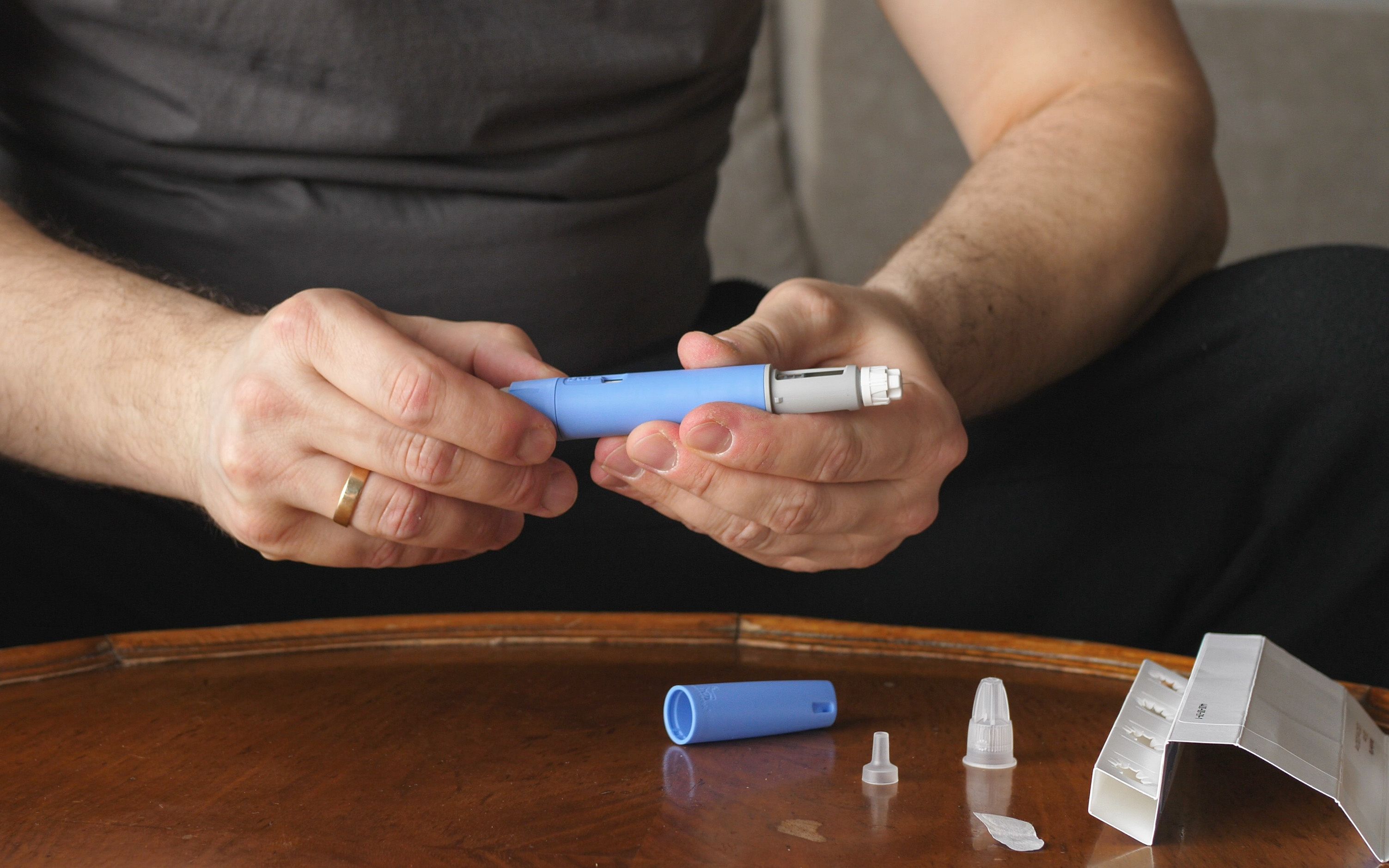- Case-Based Roundtable
- General Dermatology
- Eczema
- Chronic Hand Eczema
- Alopecia
- Aesthetics
- Vitiligo
- COVID-19
- Actinic Keratosis
- Precision Medicine and Biologics
- Rare Disease
- Wound Care
- Rosacea
- Psoriasis
- Psoriatic Arthritis
- Atopic Dermatitis
- Melasma
- NP and PA
- Skin Cancer
- Hidradenitis Suppurativa
- Drug Watch
- Pigmentary Disorders
- Acne
- Pediatric Dermatology
- Practice Management
- Prurigo Nodularis
- Buy-and-Bill
Article
Skin anti-aging guidelines: What’s right at what age?
Although the photoaging process affects each individual differently, certain general strategies for the prevention and treatment of the condition are available based on the physiologic changes of the skin. Two expert dermatologists shared with us the strategies and methods they use to help fight off and ameliorate the signs of photoaging in their patients, taking into consideration genetics, age range, lifestyle, and skin care.
Although the photoaging process affects each individual differently, certain general strategies for the prevention and treatment of the condition are available based on the physiologic changes of the skin. Two expert dermatologists shared with us the strategies and methods they use to help fight off and ameliorate the signs of photoaging in their patients, taking into consideration genetics, age range, lifestyle and skincare.
Skincare: The early years

Amy Derick, M.D.Young patients are more aware now that damage done today can result in future skin issues, according to Amy Derick, M.D., clinical instructor of dermatology, Northwestern University, and medical director of Derick Dermatology in Chicago. Despite this knowledge, however, adolescents and young adults are still the most likely to tan and frequent tanning beds.
“Our initial goal is to educate patients on the importance of minimizing sun exposure and practicing sun safety,” Dr. Dericksays. “UV damage is one of the main causes of extrinsic aging. We discuss the use of hats, sunscreens and sun protective clothing.”

Jennifer Linder, M.D.Jennifer Linder, M.D., Linder Dermatology and Skin Cancer Center, Scottsdale, Arizona, agrees.
“Extrinsic factors can begin to damage the skin at a very young age, again, depending on choices,” she says. “If a person’s skin takes the brunt of unprotected UV exposure from their teens onward, their skin can appear discolored, dehydrated and aged far earlier than someone who chooses to wear broad-spectrum sun protection every day.”
In addition to discussing early preventative methods to maintain skin health, treatment for photoaging is initiated with some patients in their 20s.
“The next conversation relates to the reversal of some of the signs of aging,” Dr. Dericksays. “Some of these treatments are viewed as medically necessary (as in the case of pre-skin cancers and skin cancers) and some are viewed as cosmetic (freckles, broken capillaries, wrinkles). Based on the concern, we tailor the treatment. Some patients will start receiving Botox (onabotulinumtoxinA, Allergan) injections at this age,” Dr. Derick says. “Many times, this group is already receiving tretinoin for their acne, and this is also used for wrinkles later on.”
Outer layers of the skin are the most affected in patients who are in their 20s.
“Typically, the outer layers are affected more at a younger age due to dehydration for the use of overly aggressive topical products and unprotected UV exposure,” Dr. Linder says.
The skincare regimen for high school and college-aged patients should typically be simple and basic, starting with products that are not overly abrasive and contain adequate humectants to preserve moisture.
“Once people get into their 20s, preventative products can be introduced, such as antioxidants, and a good topic vitamin C and E product,” Dr. Linder says.
Next: Aging - The later years
Aging: The later years
Generally, patients who are not seen for skin conditions in their teens or 20s will wait until outward signs of aging begin to appear before visiting a dermatologist or cosmetic surgeon. Upon consultation, patients will generally focus on treatment, not prevention.
“People usually come to me for treatment of existing spots, and I tell them that they should be equally as focused on preventing new spots,” Dr. Derick says. “In their 30s, people come in for Botox, but there may also be signs of photodamage or pigment related to pregnancies. Lasers and prescription skin lighteners may be used for these reasons.”
Patients in their 30s and 40s, especially those who had greater sun exposure and poor lifestyle choices, will start to see skin wrinkling, sun damage and hyperpigmentation, according to Dr. Linder. Furthermore, these pigmentation issues accelerate with age.
“With these patients, products that work to prevent future damage, along with clearing and improving existing issues, should be employed,” she says. “Ingredients to include in a regimen for this age group comprise peptides, retinoids and stem cell extracts.”
When patients enter their 40s, loss of facial volume accompanies other signs of aging.
“Once a patient is in their later 40s and up, they will typically benefit from a comprehensive skincare regimen, as well as injectables, to restore the facial volume that is lost with age,” Dr. Linder says. “Patients of all these age groups would benefit from regular professional treatments ranging from masks to superficial peels.”
Patients who are age 50 and older should use all of the procedures mentioned, but should also be aware of another age-related skin condition.
“There can also be development of keratosis on the face both benign and premalignant,” Dr. Derick says. “These can be removed via number of different mechanisms.”
Gentle exfoliants to slough dead skin and hyaluronic acid fillers or poly-L-lactic acid injectables can be used into the 60s and 70s. Dr. Linder points out that it typically takes decades to degrade the dermal structure, leading to crosslinking collagen and unresponsive elastin.
Photoaging prevention and lifestyle
Photoaging prevention and lifestyle
Although lifestyle choices, including smoking and alcohol use, can detrimentally influence skin aging, the most important factor in the prevention of photoaging is UV protection, which includes minimizing sun exposure, using sunscreen, and wearing sun-protective clothing, according to Dr. Derick. A broad-spectrum sunscreen with an SPF 30 and a UVA blocker (zinc oxide, titanium dioxide, avobenzone or ecamsule) is able to prevent both sunburn from UVB rays as well as the cumulative effects of UVA on photoaging.
In support of a healthy lifestyle, diet and exercise can also benefit skin appearance. As for how important diet and exercise are to the skin, Dr. Linder says, “Exceptionally.”
“Nourishing your body is essentially nourishing your skin. Exercise has been proven to reduce the instance of many diseases and bone loss, as well as slowing the onset of dementia. Increased heart rate and blood flow, the results of exercise, also help to flood the skin with oxygen, which is necessary for healthy skin to function optimally.
“So, the person who exercises, eats a healthy diet, and drinks plenty of water will naturally look better and have healthier skin than the sunbathing, fast food-eating couch potato," Dr. Linder says. "All of these aspects come together to determine how someone’s skin will age. Overexposure to UV rays not only instigates wrinkling and skin discoloration, but also increased vascularity. I have seen crow’s feet in people as young as late teens and early 20s.”





